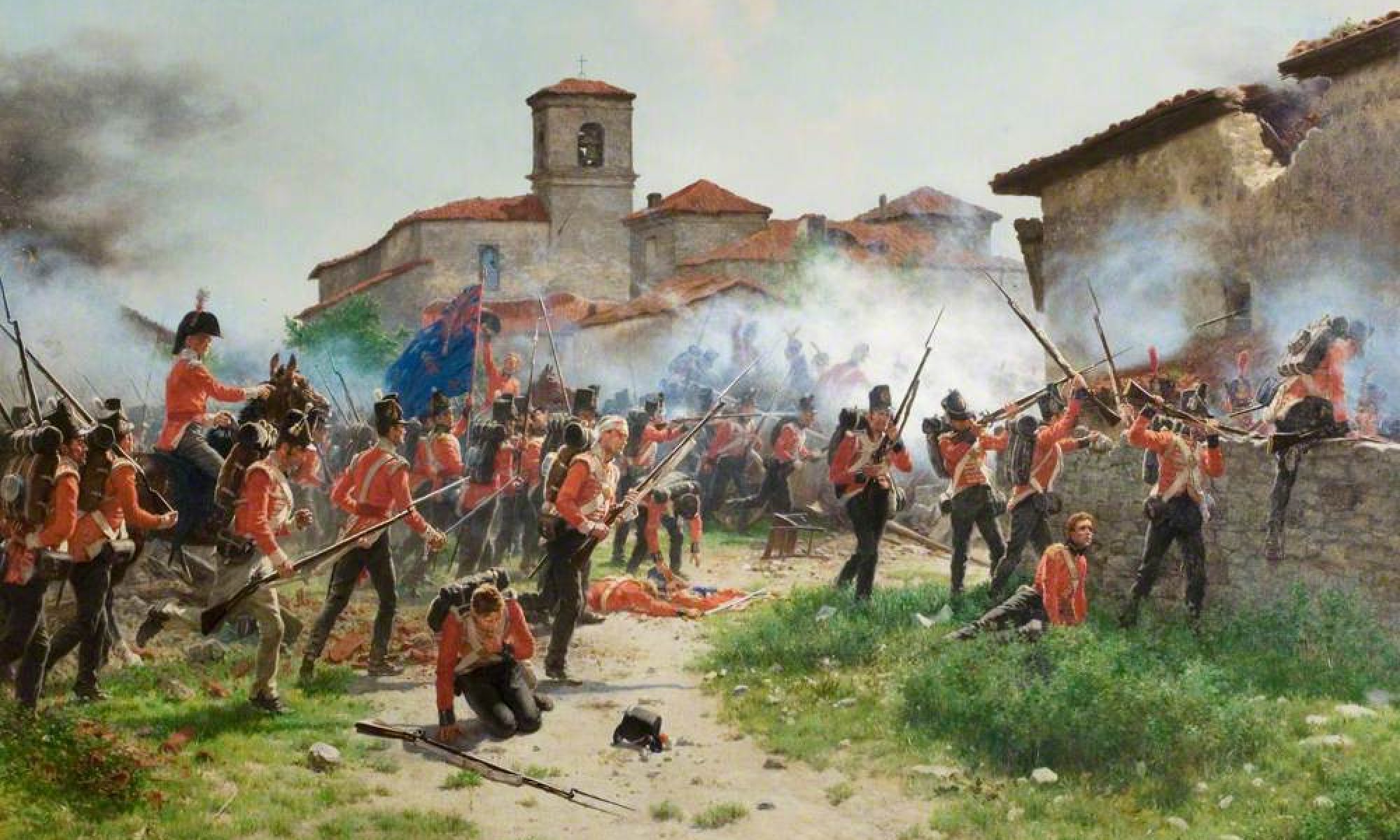The Rise.
The foundations of the success of the “Great League of Peace and Power” were centred on a unified vision of cooperation and neutrality. From the early days until the mid 18th century the Haudenosaunee, proved adept in using their network of alliances to expand their territory and influence their neighbours.
When the Europeans had grown stronger. It had become obvious to the leaders of the League that they must not allow themselves to get embroiled in matters of no concern to them. Therefore they retained their powerful position and remained aloof while the French and British manoeuvred to gain influence over them.
As long as this status quo continued it seemed as if the Iroquois might survive as a nation, they were still expanding, and European trade was profitable. The “French and Indian War” changed everything. With the two great foreign powers locked in a death struggle for control of America, the Iroquois were inevitably drawn into the conflict. In this war they chose the winning side, mostly because the Mohawks respected William Johnson.
After the war and Pontiac’s failed uprising, the League tried to go back to its former course. However their strong policy of neutrality was gone, and they now had bonds of alliance and obligations to Britain, meaning that if there was another war they would get sucked into it again. Between 1758 and 1770 things went along peacefully for the Haudenosaunee. Men hunted and traded and went on raids, women farmed, oversaw things in the longhouse and had babies, winter turned to spring. Everything seemed normal, even if there was a war, there was no reason to think it would change anything. The British had beaten the French, and no one imagined another war on that scale occurring again. Few could have realised what was to come. Joseph Brant in many ways encapsulates the story of the Iroquois during this time. A legendary figure, still labouring under the stigma of Patriot propaganda, he was central to the Indian story of the American Revolution. For more on the rise of the Iroqouis please read my blogs on the subject by following the links above.
Continue reading “Joseph Brant and the Fall of the Iroqouis.”












You must be logged in to post a comment.